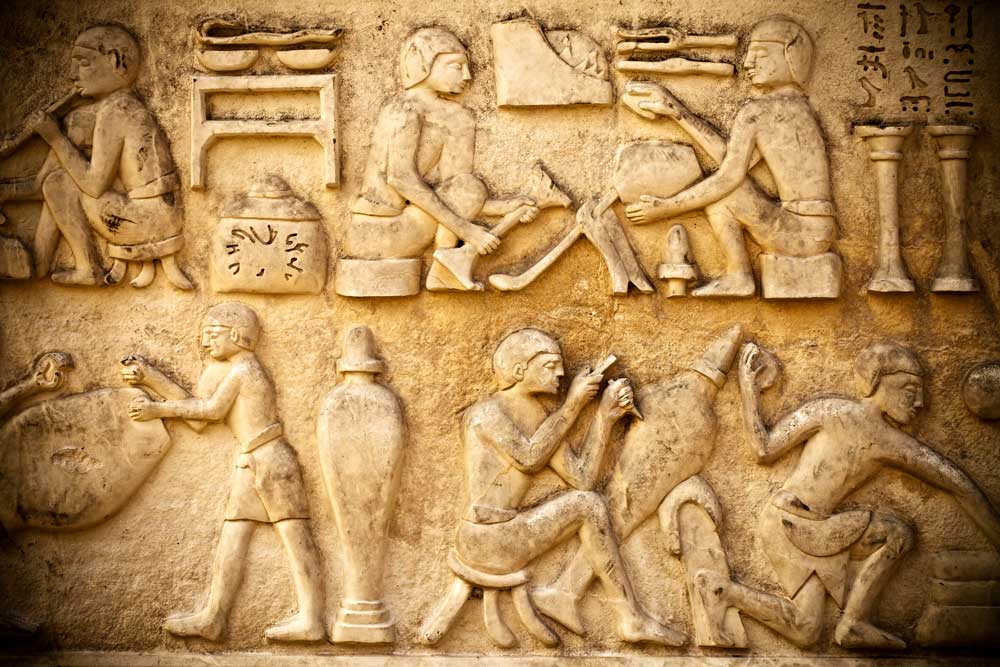Introduction
The question of whether Richard III was responsible for the deaths of the Princes in the Tower—Edward V and his brother Richard of Shrewsbury—remains one of the most enduring mysteries in English history. In 1483, after the death of their father, Edward IV, the young princes were placed in the Tower of London under the protection of their uncle, Richard III, only to disappear from historical records. This essay explores the historical context of their disappearance, evaluates the evidence implicating Richard III, and considers alternative theories. While a definitive answer remains elusive, the discussion aims to assess the plausibility of Richard III’s guilt through a critical examination of contemporary accounts and modern scholarship.
Historical Context and Richard III’s Motive
Following Edward IV’s death in April 1483, his 12-year-old son Edward V was set to ascend the throne. However, Richard, Duke of Gloucester, was named Lord Protector, tasked with guiding the young king. Tensions arose as Richard moved to secure power, eventually declaring Edward IV’s marriage invalid and the princes illegitimate due to an alleged pre-contract of marriage (Weir, 1992). This paved the way for Richard to be crowned king in July 1483. The princes, last seen in the Tower during the summer of that year, were never seen again, fuelling speculation of foul play. Richard III had a clear motive: eliminating the princes would remove direct threats to his claim to the throne. As Hicks (2007) notes, the political instability of the Wars of the Roses made such ruthless actions plausible, if not common, among ambitious nobles.
Evidence Against Richard III
Contemporary sources provide limited direct evidence of Richard III’s involvement. The most notable account comes from Sir Thomas More’s *History of King Richard III*, written in the early 16th century, which claims Richard ordered the princes’ murder via Sir James Tyrell (More, 1963). However, More wrote decades after the events under the Tudor dynasty, which had a vested interest in vilifying Richard III to legitimize their rule. Furthermore, chroniclers like Polydore Vergil echoed similar accusations, but their accounts lack corroboration from primary sources of 1483 (Vergil, 1844). Indeed, the absence of contemporary documentation or physical evidence—despite the discovery of two child skeletons in the Tower in 1674, whose identities remain unconfirmed—weakens the case against Richard. Nevertheless, as Weir (1992) argues, Richard’s control over the Tower and the princes’ disappearance under his watch make him a prime suspect.
Alternative Theories and Defences of Richard III
Alternative theories suggest other culprits or even the possibility that the princes survived. Some historians point to Henry Stafford, Duke of Buckingham, or even Henry Tudor (later Henry VII) as potential perpetrators, given their own political ambitions (Hicks, 2007). Revisionist historians, such as those of the Richard III Society, argue that Richard’s reputation was deliberately tarnished by Tudor propaganda. They highlight his generally loyal service to Edward IV and lack of prior violent tendencies as evidence of his innocence (Hammond, 1986). Moreover, rumours of the princes’ survival persisted into the reign of Henry VII, with pretenders like Perkin Warbeck claiming to be Richard of Shrewsbury. While these claims are generally dismissed, they underscore the uncertainty surrounding the princes’ fate.
Conclusion
In conclusion, while Richard III remains the most likely suspect in the disappearance of the Princes in the Tower due to his motive and authority over their confinement, the evidence against him is largely circumstantial and influenced by biased later accounts. The lack of definitive proof, combined with alternative theories, prevents a conclusive judgement. This mystery highlights the challenges of interpreting historical events through incomplete and politically charged sources. Ultimately, whether Richard III was responsible may never be resolved, but the debate continues to illuminate the complex dynamics of power and propaganda in late medieval England.
References
- Hammond, P. W. (1986) *Richard III: Loyalty, Lordship and Law*. Richard III and Yorkist History Trust.
- Hicks, M. (2007) *Richard III*. Tempus Publishing.
- More, T. (1963) *The History of King Richard III*. Yale University Press.
- Vergil, P. (1844) *Three Books of Polydore Vergil’s English History*. Camden Society.
- Weir, A. (1992) *The Princes in the Tower*. Bodley Head.


